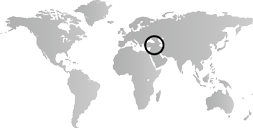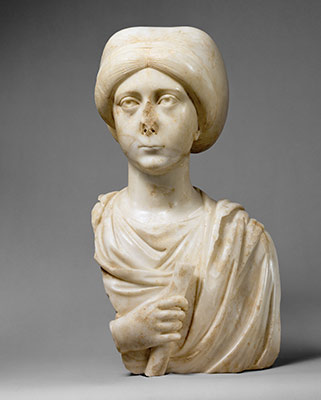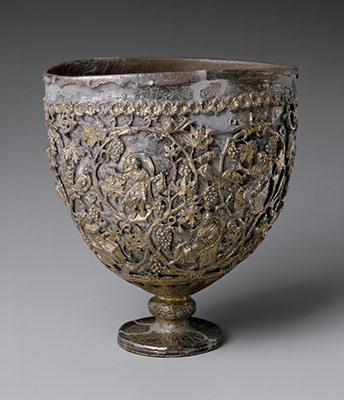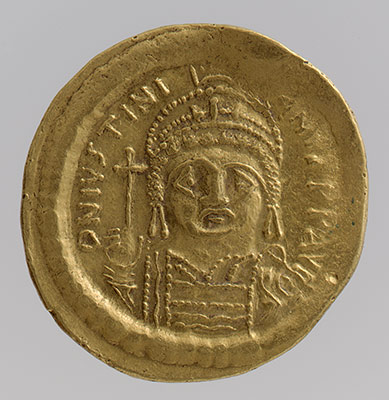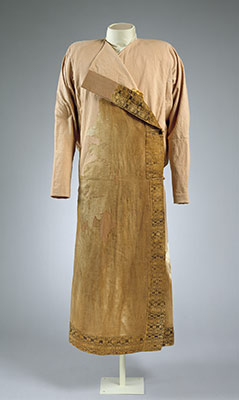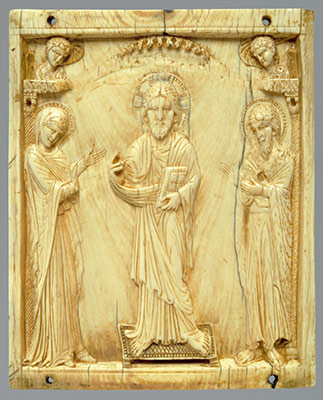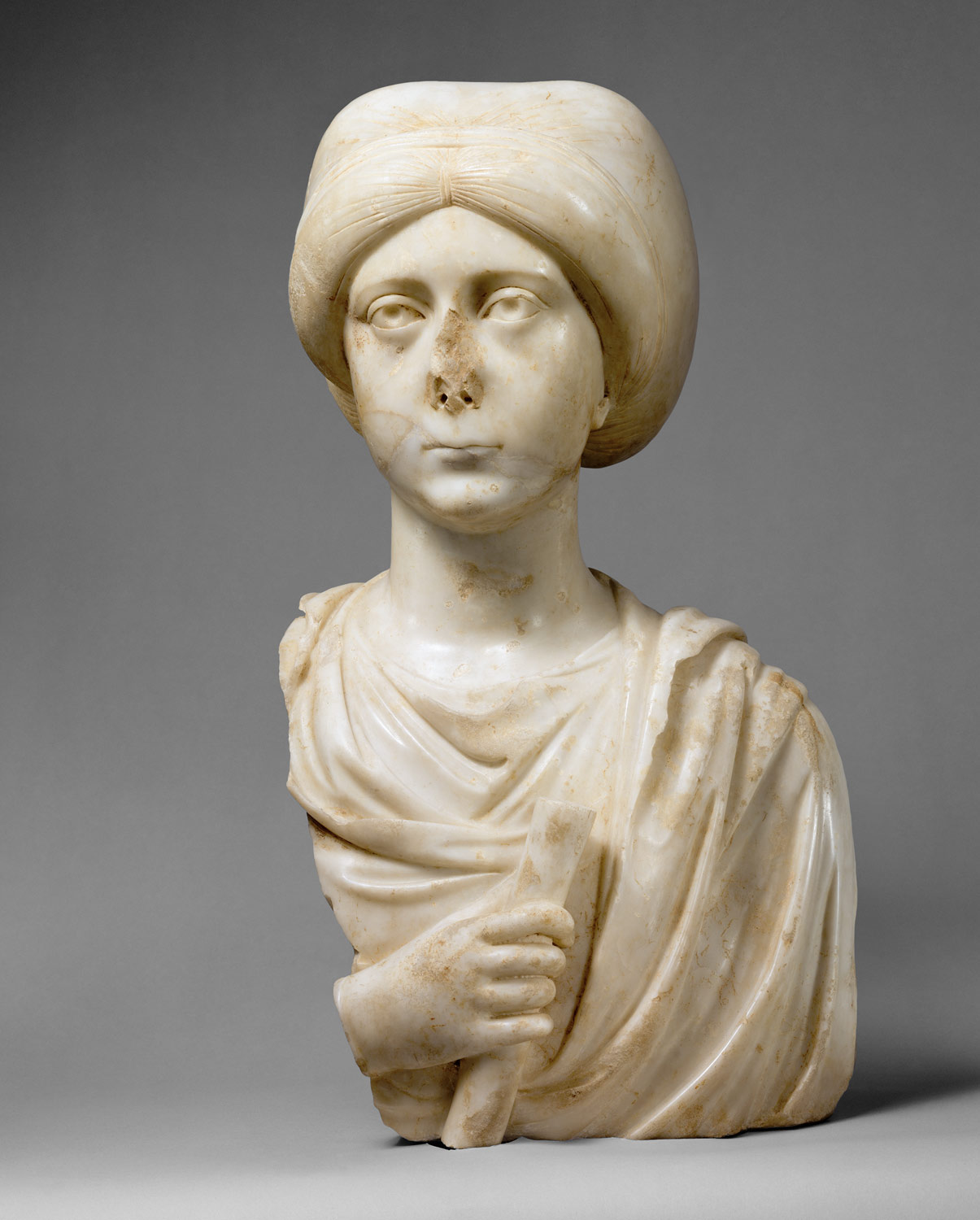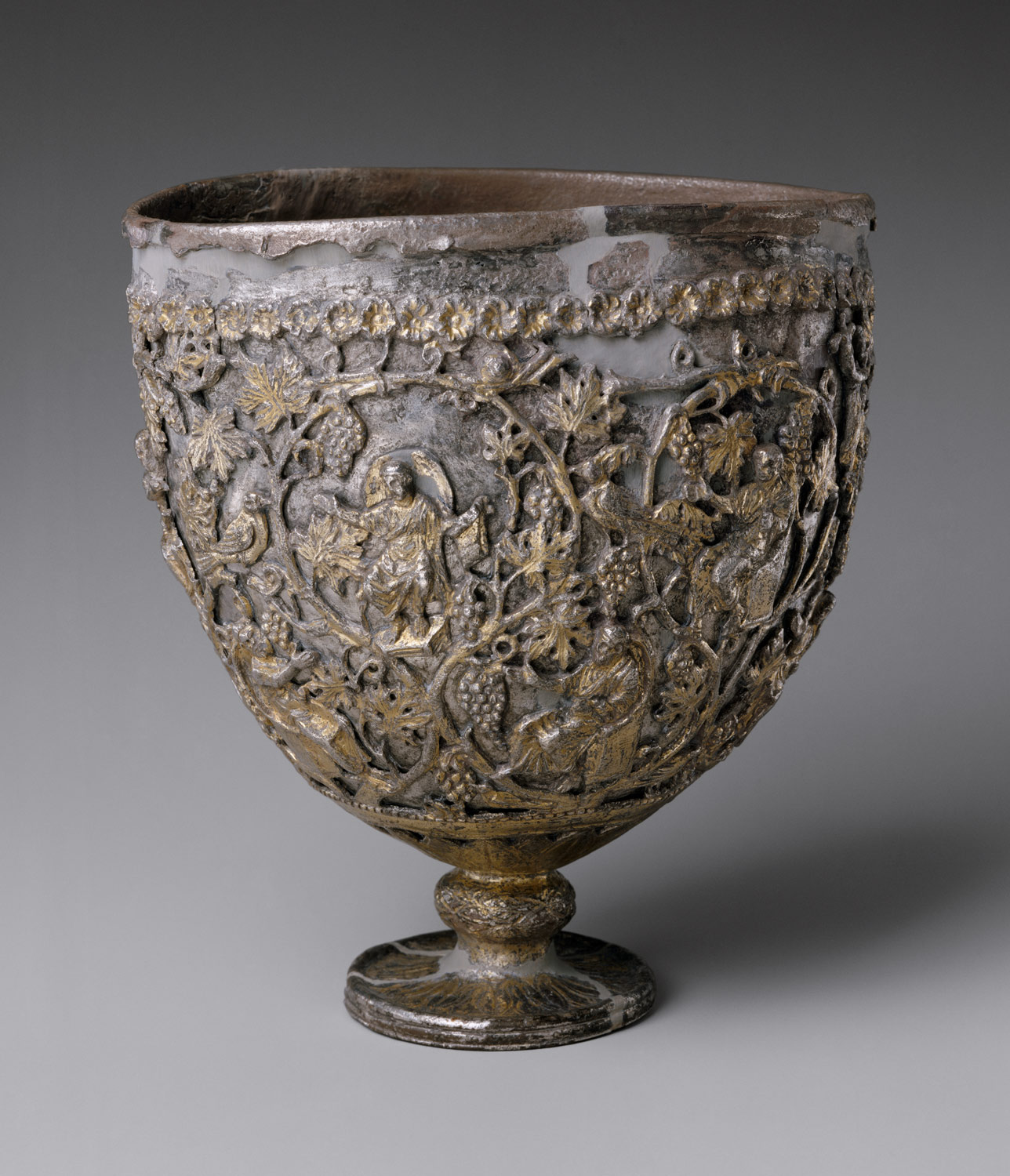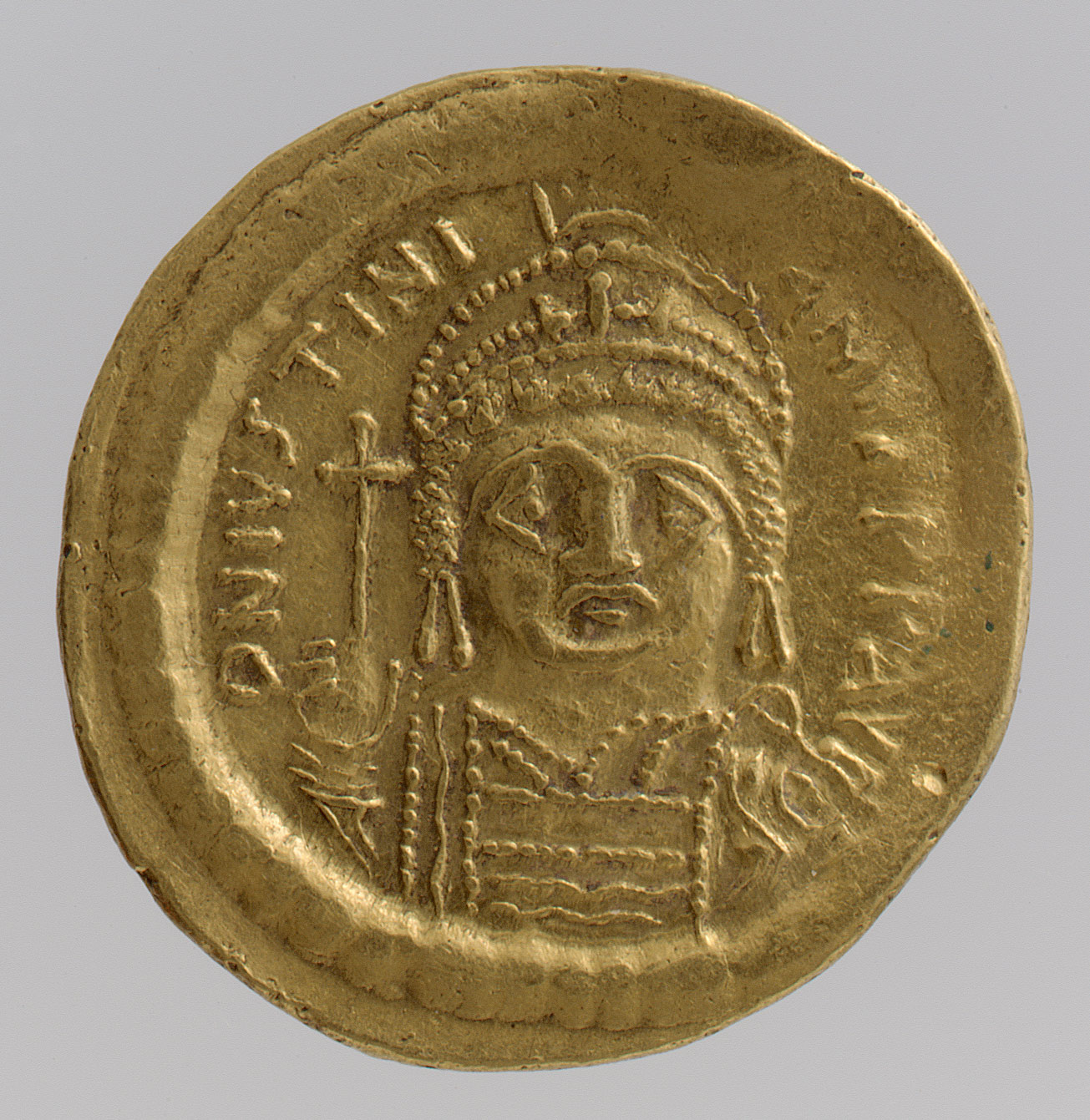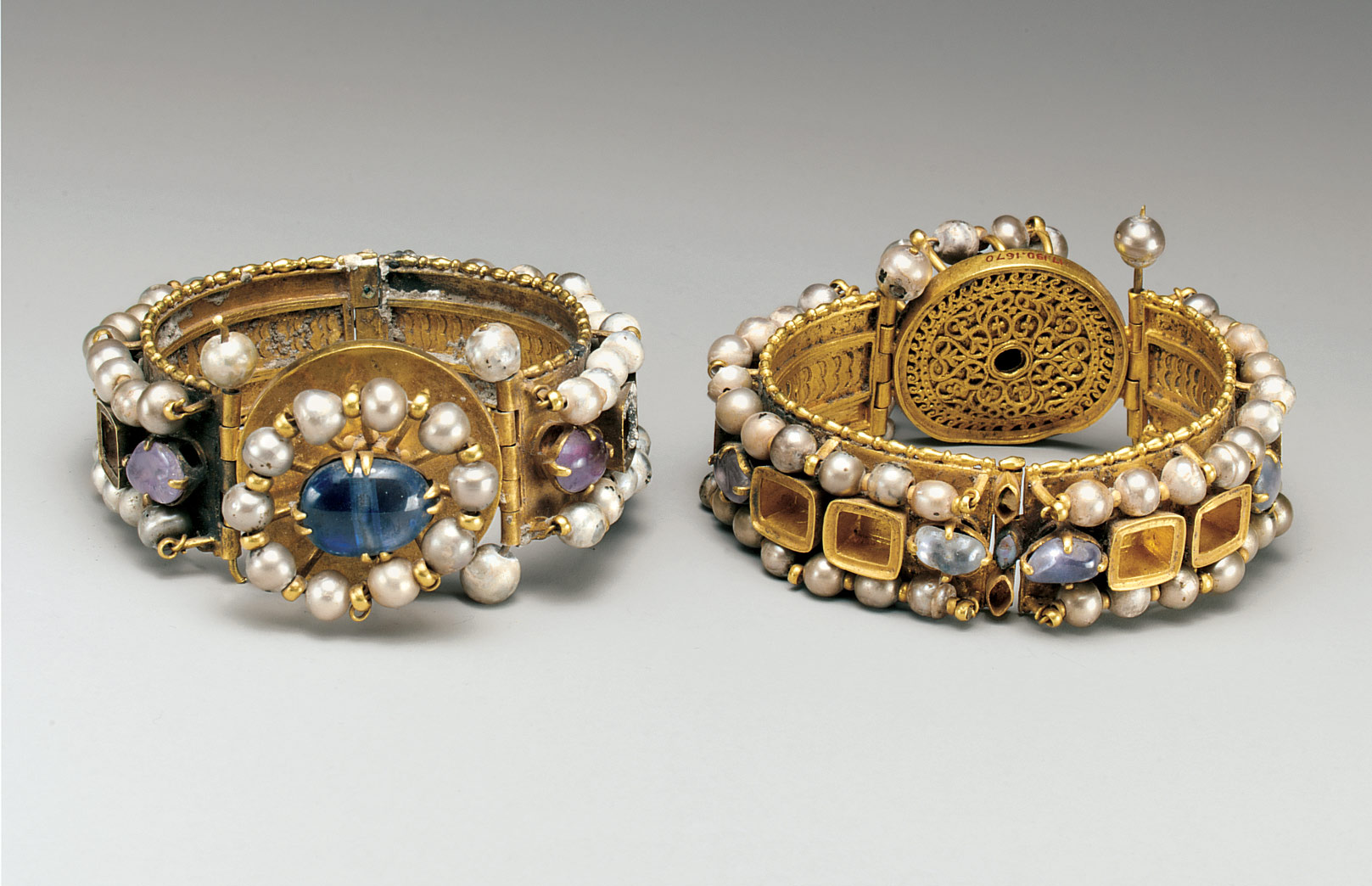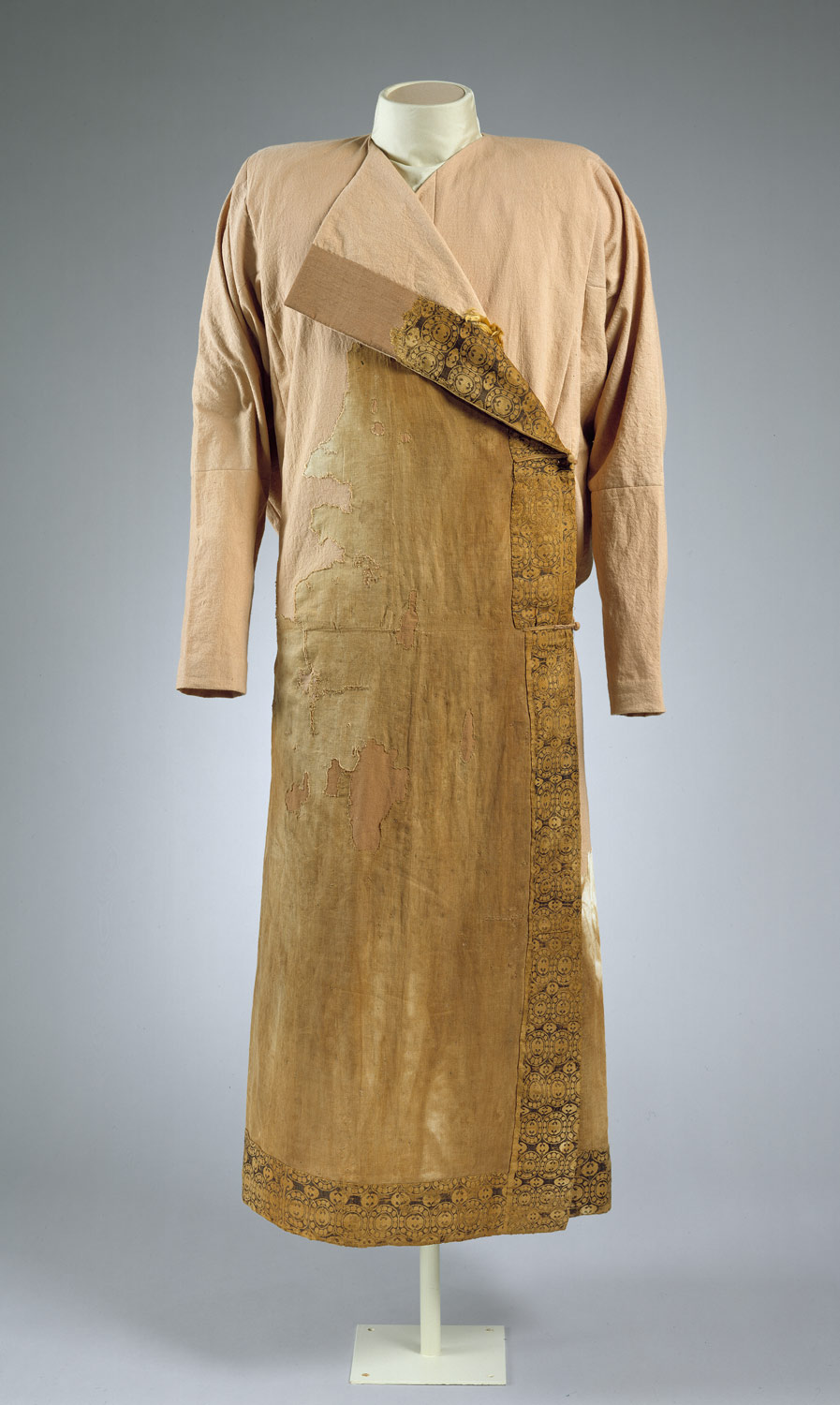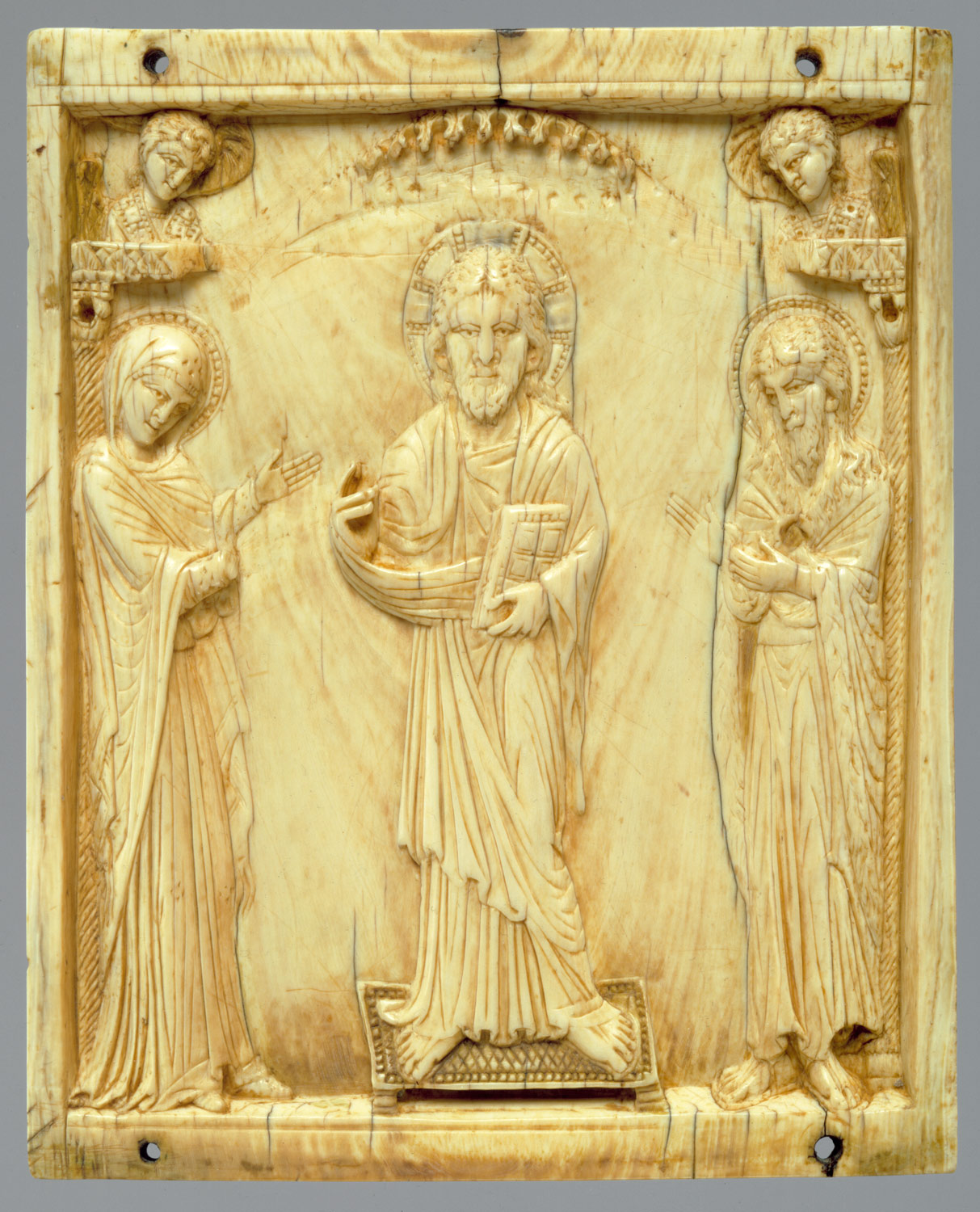Anatolia remains one of the most important territories of the Byzantine empire during this period. Eastern Anatolia becomes increasingly militarized in the 600s due to Persian and Arab invasions. The Iconoclastic controversy affects all of the empire, including this region, until around 850, when Byzantium restores economic prosperity and military security. During this period, the Armenians and Georgians establish themselves as relatively independent Christian states on the empire’s eastern frontier. In Anatolia, Byzantine art and architecture flourishes, particularly in the sixth-century cities along the Aegean and Mediterranean coasts—including Ephesus, Sardis, and Aphrodisias—and in the region of Cappadocia, notable for its medieval rock-cut structures.
Anatolia and the Caucasus, 500–1000 A.D.
Timeline
500 A.D.
625 A.D.
ANATOLIA
CAUCASUS
625 A.D.
750 A.D.
ANATOLIA
CAUCASUS
750 A.D.
875 A.D.
ANATOLIA
CAUCASUS
875 A.D.
1000 A.D.
ANATOLIA
CAUCASUS
Overview
Key Events
-
ca. 500
Beginning in the early sixth century, monumental rock-cut architecture flourishes in the Byzantine region of Cappadocia in Central Anatolia. Large basilica churches as well as domestic dwellings are hewn from the soft volcanic tuff. Modern travelers describe these sculpted edifices as “fairy chimneys.”
-
510
Sasanian Persians conquer the independent kingdom of Caucasian Albania, a state converted to Christianity in the fourth century by Armenian missionaries. Following closely upon these conquests, in 523, eastern Georgia and Armenia again fall to the Sasanians. By the early seventh century, eastern Byzantine centers such as Sebasteia (modern Sivas) and Caesarea Mazaca (now Kayseri) are under Persian control.
-
548–565
The cruciform basilica of Saint John at Ephesus is rebuilt by the emperor Justinian I (r. 527–65), who adds six domes to the original design in emulation of the Holy Apostles Church in Constantinople. As an important seaport and seat of the metropolitan bishop, Ephesus continues to prosper into the early seventh century, when large areas of the city are destroyed, the result of the Persian invasion and earthquakes.
-
550
The churches of Georgia and Armenia split. While the Armenian church remains independent, the Georgian church unites with the Byzantine. This ecclesiastical union deepens political and cultural contact between the two states. As a sign of Georgia’s status vis-à-vis Byzantium, Georgian princes are vested with honorific titles of the Byzantine court, including kouropalates, or “minister of the imperial palace.”
-
591
The Byzantine emperor Maurice (r. 582–602) extends the empire’s eastern border, absorbing portions of western Armenia. In the same period, the Byzantine church unsuccessfully attempts to bring the church of Armenia under its authority.
-
ca. 650
Islam makes inroads into the region as Arab forces begin to occupy eastern Georgia and Armenia, and western territories are organized as a military frontier. In response, an extensive system of fortifications is added along Byzantium’s eastern border in Anatolia.
-
ca. 700
Citing Old Testament warnings against idolatry, certain bishops in Byzantine Anatolia, including Thomas of Claudiopolis and Constantine of Nakoleia, argue against the use of icons in religious worship. Their objections contribute to the development of the Iconoclastic controversy (726–843).
-
726
The Byzantine emperor Leo III (r. 717–41) initiates the first Iconoclastic legislation. Four years later, Leo orders the removal of figural images from all churches.
-
ca. 9th century
As the power of the Abbasid caliphate declines, elite Armenian families establish kingdoms independent of both Abbasid and Byzantine rulers: the Bagratid dynasty in the north (now Armenia and northeastern Turkey), and the Vaspurakan dynasty in the south (present-day southeastern Turkey). Native Armenian goods exported for sale include precious metals such as silver and copper, and red-dyed, embroidered textiles.
-
ca. 800–1000
Aristocratic life in ninth- and tenth-century eastern Anatolia inspires the Byzantine epic-romance Digenis Akritas, or “Two-Blooded Border Lord.” The surviving text of this verse poem, compiled sometime during the twelfth century, tells the story of Anatolian communities situated on the borders between Byzantium and Arab emirates. Digenis’ father is an Arab amir who marries the daughter of a Byzantine general. Digenis’ magnificent palace and church, as well as his tomb monument, are vividly described in the poem.
-
944
The city of Edessa (modern Urfa in Turkey) is recovered by the Byzantine army and the renowned relic of the Holy Mandylion, a textile bearing the impression of Christ’s face, is conveyed from the city, where it had been kept since the first century, to Constantinople. There the miraculous relic is deposited in the Pharos chapel of the Great Palace of the Byzantine emperors.
-
963–989
Local magnates in Cappadocia revolt against Byzantine central authority, threatening the emperor’s control over Anatolia. Basil II (r. 976–1025) restores imperial power in the region, seizing the wealth of local aristocratic families who had inspired the rebellion.
-
978
With the ascension of Bagrat III (978–1019), all of Georgia is united under a single ruler.
-
989
After the collapse of Hagia Sophia’s dome in Constantinople, the Armenian architect Trdat is commissioned to repair damages. The tradition of domed architecture in Armenian building provides a training ground for architects such as Trdat.
Citation
“Anatolia and the Caucasus, 500–1000 A.D.” In Heilbrunn Timeline of Art History. New York: The Metropolitan Museum of Art, 2000–. http://www.metmuseum.org/toah/ht/?period=06®ion=waa (October 2001)
Related
Map
